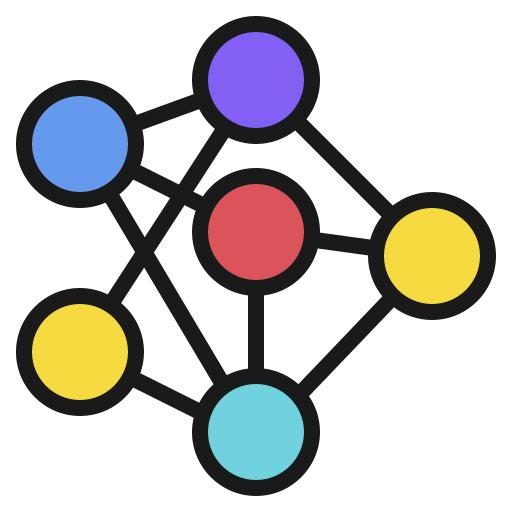Different organisations require tailored operating models to deliver value to clients efficiently and at scale. Two types of businesses in this sector—integrated consultancies and recruitment agencies placing contractors—have distinct operating models driven by their service offerings, client relationships, and operational requirements.
We will now analyse the key differences between these organisation types through four critical lenses:
- Business capabilities
- Business processes
- Key performance indicators (KPIs), and
- Organisational structure.
By understanding these dimensions, recruitment agencies and consultancies can optimise their operations instead of confusing and impacting their true potential and seize commercial opportunities. We specialise in operating model design and can help these businesses refine their models to achieve better performance, scalability, and profitability.
Business capabilities
Consultancies
An integrated consultancy provides end-to-end solutions to its clients, often working on complex projects that require multidisciplinary expertise. The primary unique selling points include:
- Deep subject-matter expertise
- Project management
- Client relationship management
- Solution design and delivery
Consultancies build their reputation by offering high-value advisory services that solve strategic business problems. As a result, consultancies must continuously develop their intellectual capital and ensure that their teams understand the latest industry insights, methodologies, and tools.
Recruitment agencies
A recruitment agency placing contractors focuses on efficiently sourcing, vetting, and placing contract workers within a client’s organisation. The business capabilities concentrate on building a large, dynamic talent pool, understanding client needs such as quantum analysis or BI development, rapid placement, and managing ongoing relationships with clients and contractors. Agencies must develop strong capabilities in candidate sourcing, contract negotiation, and regulatory compliance, especially around payroll and employment legislation. Key capabilities:
• Talent sourcing and acquisition.
• Candidate screening and qualification.
• Contract management and compliance.
• Client and contractor relationship management.
• Rapid response to client demand.
Business processes
Consultancies
Consultancies operate through a structured process of diagnosing client problems, designing solutions, and delivering projects. The process is often longer and more consultative, involving research, data analysis, solution development, and multi-phase project execution. Each engagement will likely be unique, requiring a customised approach for every client. The level 1 processes involved in a consultancy are:
- Client engagement
- Project planning
- Solution delivery
- Project review
Recruitment agencies
In contrast, recruitment agencies operate a more transactional model, with processes designed for speed and volume. The focus is understanding the client’s role requirements, sourcing suitable candidates, and efficiently managing contracts. The lifecycle from job brief to placement is often short, requiring swift execution. The level 1 processes are:
- Job intake
- Candidate sourcing
- Candidate placement
- Ongoing contractor management
Key performance indicators
Consultancies
Consultancies often measure success by the quality of their deliverables and client satisfaction, which can be more qualitative and long-term. KPIs typically reflect the value delivered to clients rather than short-term gains and include:
- Client satisfaction per project
- Project delivery timelines
- Revenue per consultant
- Profit margin per project
- Intellectual property development
Recruitment agencies
For a recruitment agency, KPIs tend to be more immediate and volume-driven. The focus is on the speed of placement, contractor performance, and ensuring a steady flow of placements to maximise revenue. KPIs include:
- Time to fill
- Fill fate
- Client satisfaction per placement
- Contractor retention
- Gross margin per placement
Organisational structures
onsultancies
Consultancies often have a more hierarchical and specialised structure, with consultants organised by practice areas, industries, or functional expertise. Leadership is involved in high-level client engagements, while teams of consultants manage the day-to-day delivery of projects. Collaboration across disciplines is standard, focusing on knowledge-sharing and leveraging expertise. The high-level structure includes:
- Senior leadership
- Engagement managers/partners
- Consultants/analysts
- Support functions
Recruitment agencies
Recruitment agencies typically have a flatter, more sales-driven structure. Most staff are recruiters or account managers tasked with sourcing candidates and managing client relationships. While leadership sets growth targets and ensures compliance, day-to-day operations are highly transactional and focused on performance metrics. The structure of a typical recruitment agency includes:
- Leadership
- Account managers
- Recruiters
- Compliance and payroll teams
The operating models of consultancy and recruitment agencies reflect their unique business needs and client interactions. Consultancies focus on delivering high-value, customised solutions that build long-term relationships. In contrast, recruitment agencies prioritise speed, volume, and efficiency in contractor placements. Optimising the operating model is critical to growth and success for both types of organisations.

